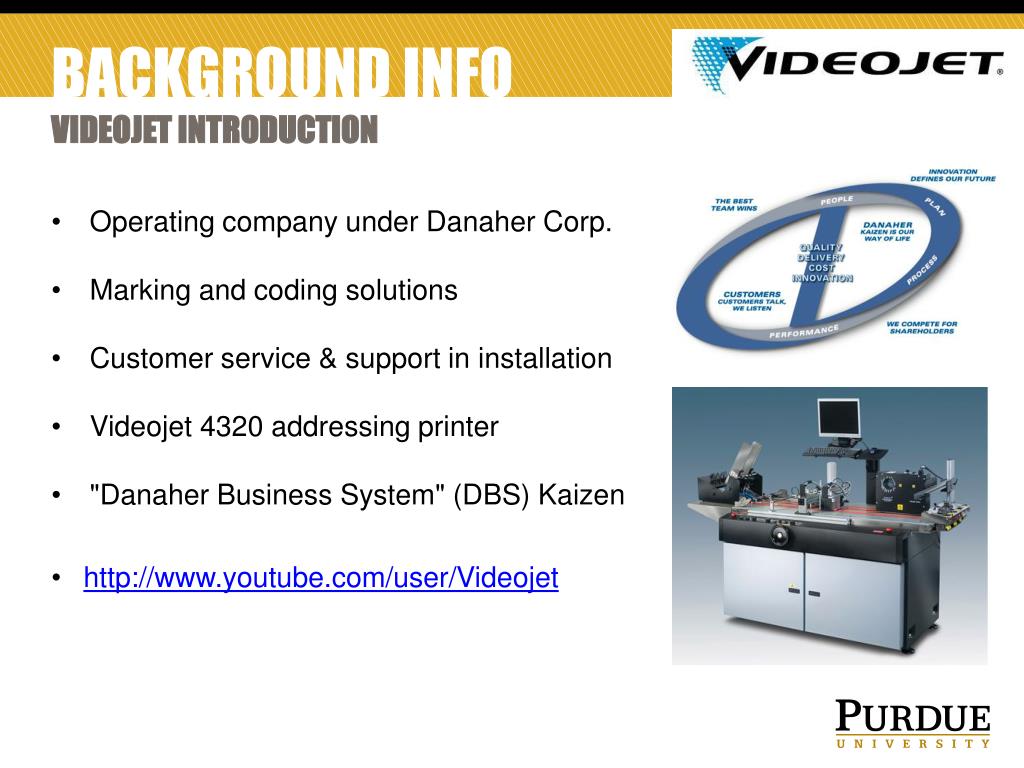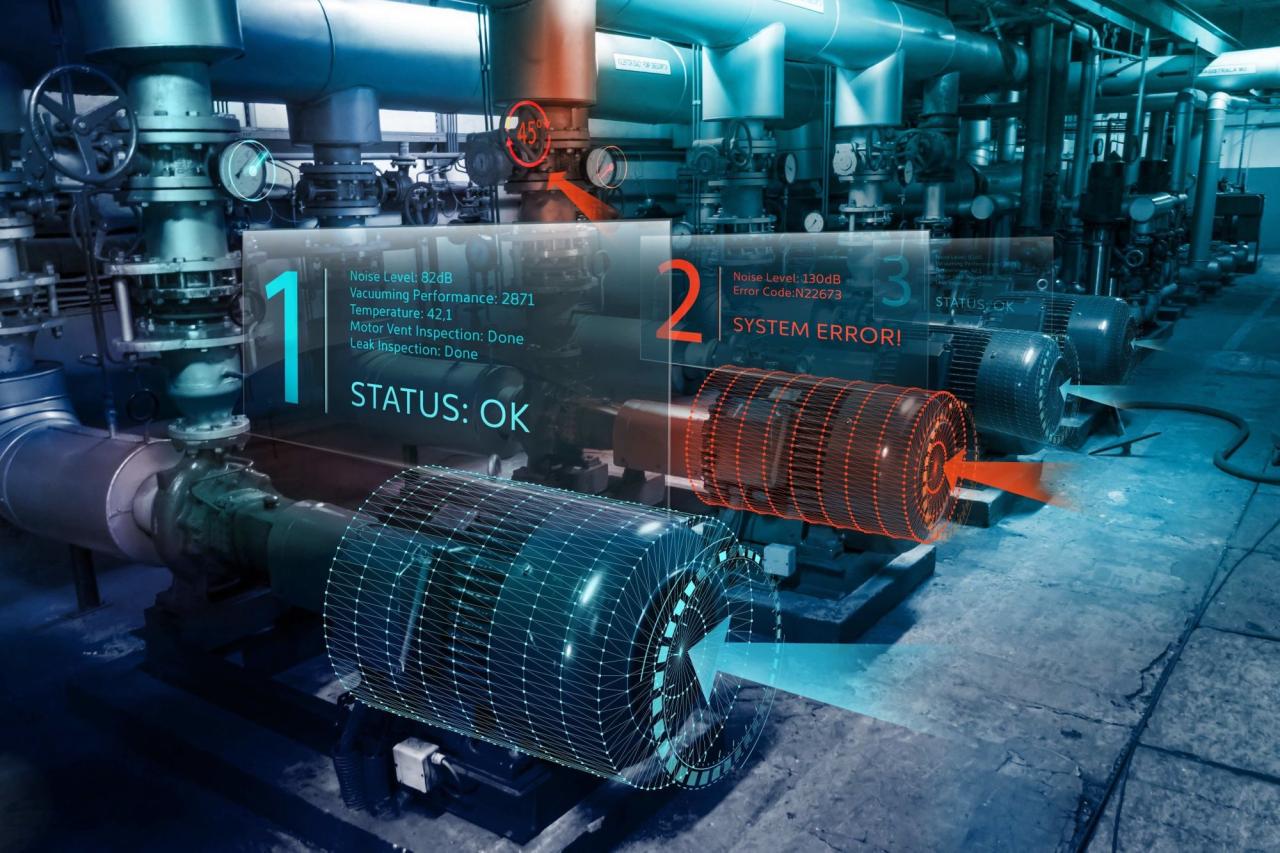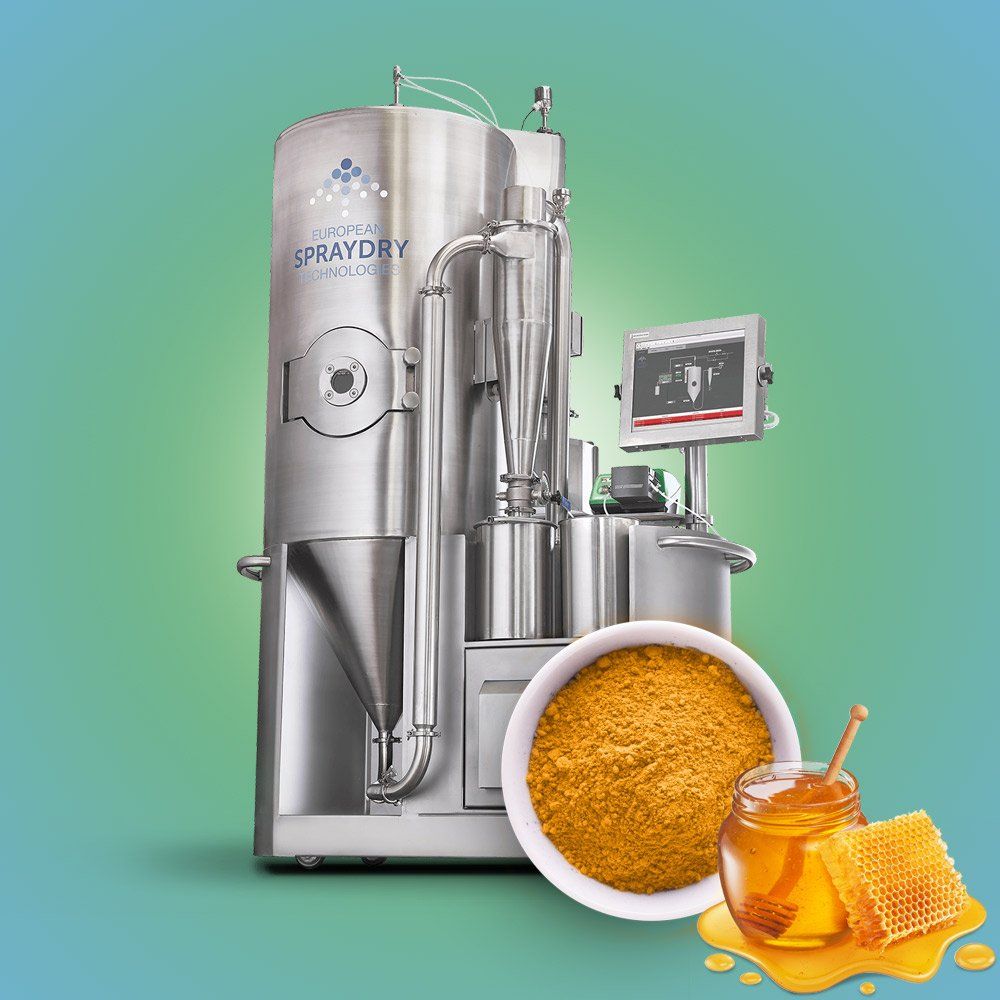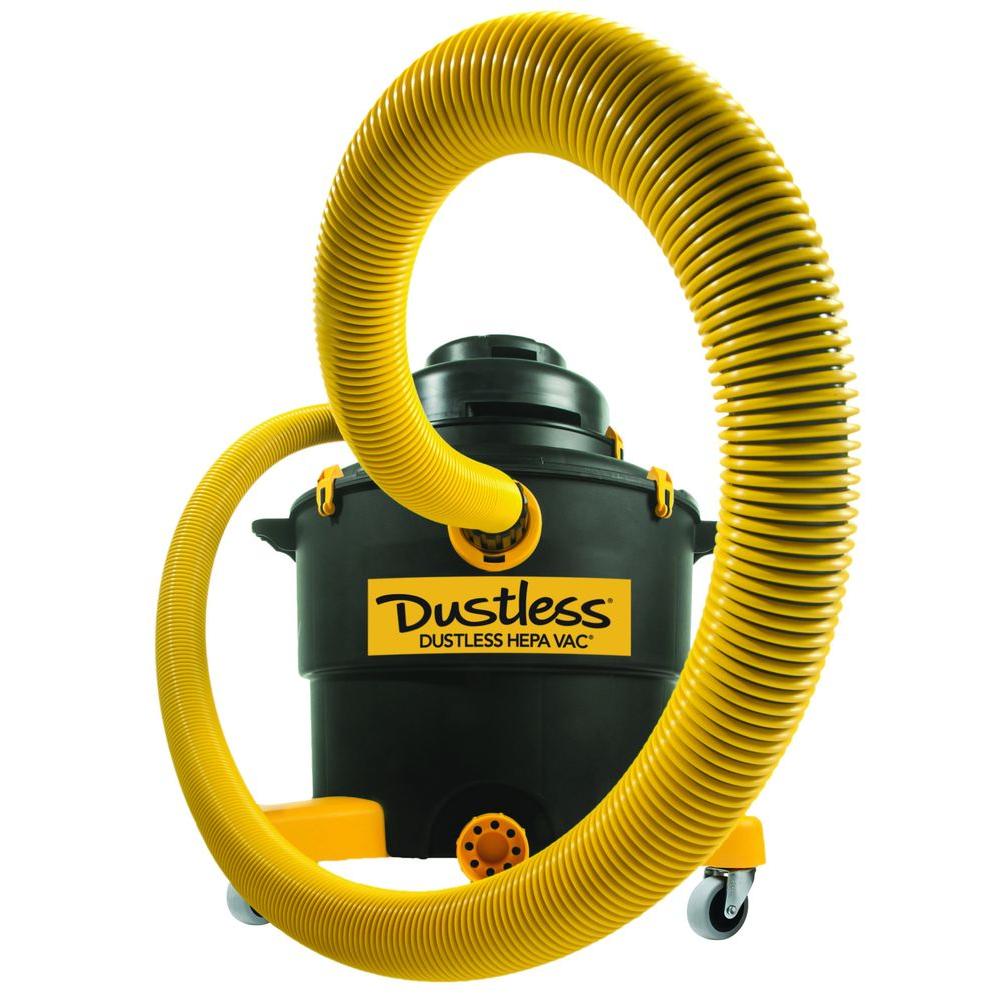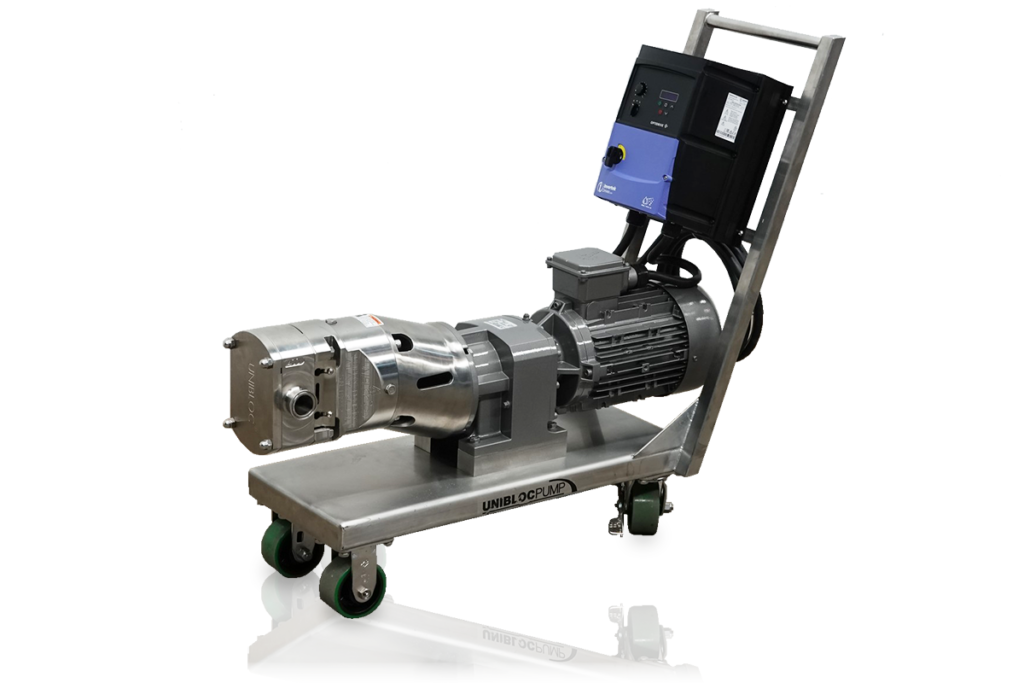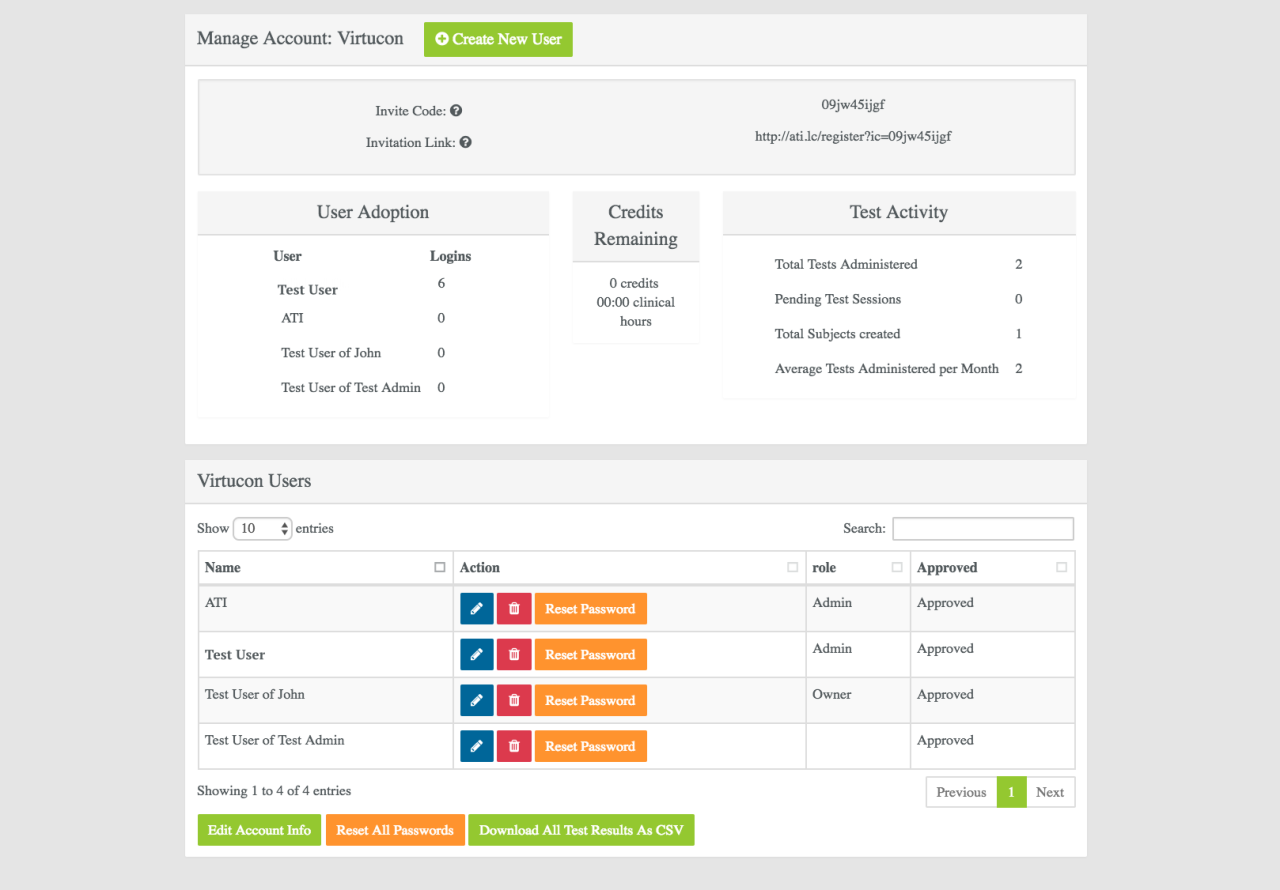Advanced Compressor Technology: Revolutionizing Efficiency
Advanced compressor technology has revolutionized industries by enhancing efficiency and performance. From the earliest reciprocating compressors to today’s sophisticated designs, the evolution of compressor technology has been driven by a […]
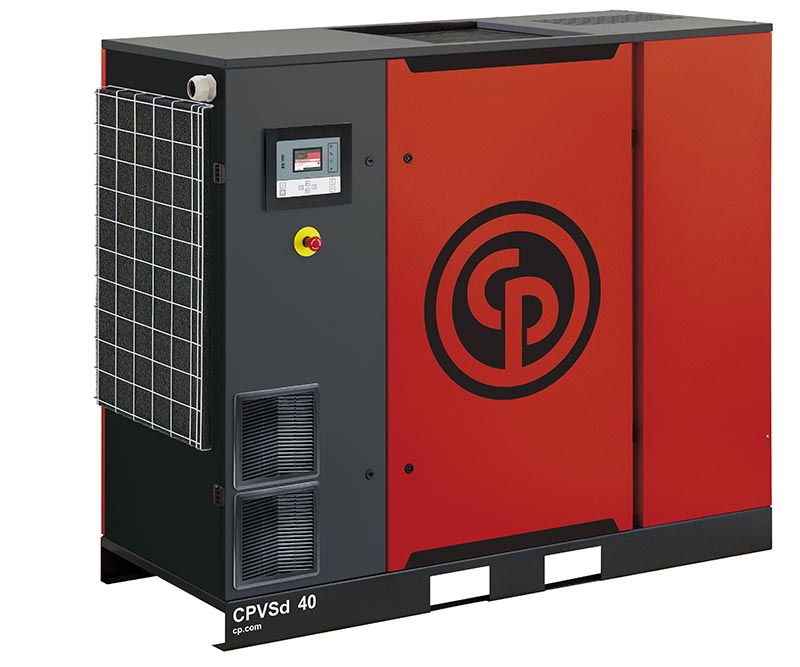
Advanced compressor technology has revolutionized industries by enhancing efficiency and performance. From the earliest reciprocating compressors to today’s sophisticated designs, the evolution of compressor technology has been driven by a relentless pursuit of improved energy efficiency, reduced emissions, and increased reliability.
This technology finds applications in various sectors, including energy production, manufacturing, transportation, and refrigeration. Advanced compressors are engineered to optimize airflow, minimize energy consumption, and reduce noise levels, making them essential for modern industrial processes.
Introduction to Advanced Compressor Technology
Advanced compressor technology encompasses a wide range of innovations that enhance the efficiency, performance, and reliability of compressors used in various industrial applications. These advancements build upon decades of research and development, leading to significant improvements in energy savings, reduced emissions, and increased operational longevity.
Historical Evolution of Compressor Technology
The evolution of compressor technology has been marked by several significant advancements that have transformed the industry. Early compressors relied on simple mechanical designs, often with limited efficiency and high maintenance requirements. The introduction of rotary and centrifugal compressors in the early 20th century brought significant improvements in performance and reliability. Subsequent innovations, such as the development of variable-speed drives and advanced control systems, further enhanced efficiency and operational flexibility.
- Early Piston Compressors: The earliest compressors were piston-based designs, often powered by steam engines. These early models were characterized by low efficiency, high maintenance requirements, and limited operational speeds.
- Rotary and Centrifugal Compressors: The development of rotary and centrifugal compressors in the early 20th century revolutionized the industry. These designs offered significant advantages in terms of efficiency, reliability, and operational speeds.
- Variable-Speed Drives: The introduction of variable-speed drives (VSDs) in the 1980s allowed compressors to adjust their speed based on demand, significantly reducing energy consumption and improving efficiency.
- Advanced Control Systems: Modern compressors incorporate sophisticated control systems that optimize performance, minimize energy consumption, and enhance safety. These systems often include features such as predictive maintenance, real-time monitoring, and remote diagnostics.
Core Principles of Advanced Compressor Technology
Advanced compressor technology leverages fundamental principles of thermodynamics, fluid mechanics, and materials science to achieve its goals. Key principles include:
- Thermodynamic Efficiency: Advanced compressors are designed to minimize energy losses through various mechanisms, such as reducing friction, optimizing flow paths, and improving heat transfer.
- Fluid Dynamics: Understanding fluid flow patterns and optimizing the design of compressor components is crucial for achieving high efficiency and minimizing pressure losses.
- Materials Science: The selection of appropriate materials for compressor components is critical for ensuring durability, resistance to wear, and optimal performance in demanding environments.
Key Advancements in Compressor Technology
Advanced compressor technology has led to several key advancements that have significantly impacted the industry:
- High-Efficiency Compressors: Modern compressors incorporate advanced designs, materials, and control systems to achieve significantly higher efficiency levels compared to older models.
- Variable-Speed Drives (VSDs): VSDs allow compressors to adjust their speed based on demand, reducing energy consumption and improving efficiency by up to 30%.
- Compressor Optimization Software: Specialized software programs are used to optimize compressor performance, identify potential efficiency improvements, and predict maintenance needs.
- Compressor Monitoring Systems: Advanced monitoring systems provide real-time data on compressor performance, allowing operators to identify and address potential problems before they lead to failures.
- Advanced Materials: The use of advanced materials, such as high-strength alloys and ceramics, has enhanced compressor durability, reduced wear, and extended operational life.
Types of Advanced Compressor Technology

Advanced compressor technologies have evolved significantly, offering enhanced efficiency, reliability, and performance. These advancements have led to the development of various compressor types, each catering to specific applications and requirements. This section delves into the different types of advanced compressors, exploring their features, functionalities, and suitability for diverse industrial processes.
Types of Advanced Compressors
Understanding the different types of advanced compressors is crucial for selecting the most appropriate technology for a particular application. Each type possesses unique characteristics and advantages, making it essential to consider factors such as operating pressure, flow rate, energy efficiency, and cost-effectiveness.
| Type | Description | Applications | Advantages |
|---|---|---|---|
| Centrifugal Compressors | These compressors utilize centrifugal force to increase the pressure of the fluid. They typically operate at high speeds and are known for their high flow rates and relatively low operating costs. | Power generation, oil and gas processing, chemical processing, air conditioning systems | High flow rates, low operating costs, high efficiency at high flow rates, compact design, low maintenance requirements |
| Axial Compressors | Axial compressors use a series of rotating blades to accelerate the fluid in an axial direction. They are characterized by their high efficiency and compact design. | Gas turbines, jet engines, aircraft propulsion systems | High efficiency, compact design, high pressure ratios, low noise levels, high flow rates |
| Screw Compressors | Screw compressors employ two intermeshing screws to compress the fluid. They are known for their high efficiency and reliability, making them suitable for a wide range of applications. | Industrial air systems, refrigeration systems, chemical processing, food processing | High efficiency, high reliability, low maintenance requirements, wide operating pressure range, low noise levels |
| Scroll Compressors | Scroll compressors use two spiral-shaped scrolls that rotate against each other to compress the fluid. They are known for their compact size, quiet operation, and high efficiency. | Refrigeration systems, air conditioning systems, heat pumps | Compact design, quiet operation, high efficiency, low vibration, low maintenance requirements |
| Reciprocating Compressors | Reciprocating compressors utilize a piston that moves back and forth within a cylinder to compress the fluid. They are known for their high pressure capabilities and versatility. | Oil and gas processing, chemical processing, industrial air systems, refrigeration systems | High pressure capabilities, versatility, wide range of flow rates, high reliability, low maintenance requirements |
| Diaphragm Compressors | Diaphragm compressors use a flexible diaphragm to compress the fluid. They are known for their ability to handle corrosive and abrasive fluids and their low maintenance requirements. | Chemical processing, pharmaceutical manufacturing, food processing | Ability to handle corrosive and abrasive fluids, low maintenance requirements, high reliability, low noise levels |
| Liquid Ring Compressors | Liquid ring compressors utilize a rotating impeller within a chamber filled with liquid to compress the fluid. They are known for their ability to handle large volumes of gas and their low noise levels. | Wastewater treatment, chemical processing, industrial air systems | Ability to handle large volumes of gas, low noise levels, high efficiency, low maintenance requirements |
| Dynamic Compressors | Dynamic compressors use the kinetic energy of a rotating impeller to compress the fluid. This category includes centrifugal, axial, and other types of compressors that rely on dynamic forces. | Power generation, oil and gas processing, chemical processing, air conditioning systems | High efficiency, high flow rates, low operating costs, compact design |
| Positive Displacement Compressors | Positive displacement compressors use a mechanical action to trap and compress the fluid. This category includes screw, scroll, reciprocating, and diaphragm compressors. | Industrial air systems, refrigeration systems, chemical processing, food processing | High efficiency, high reliability, low maintenance requirements, wide operating pressure range |
Applications of Advanced Compressor Technology
Advanced compressor technology has revolutionized various industries, enabling enhanced efficiency, performance, and sustainability. These compressors are employed across a wide spectrum of applications, contributing significantly to advancements in various sectors.
Applications of Advanced Compressor Technology Across Industries
Advanced compressors are used in a wide variety of industries, each with unique requirements and benefits. The following table summarizes some of the key applications:
| Industry | Application | Compressor Type | Benefits |
|---|---|---|---|
| Oil and Gas | Natural gas processing, pipeline transportation, and oil recovery | Centrifugal compressors, reciprocating compressors, screw compressors | Increased efficiency, reduced operating costs, improved reliability, and enhanced safety |
| Power Generation | Air compression for combustion, gas turbines, and power plant operations | Centrifugal compressors, axial compressors, screw compressors | Higher efficiency, reduced emissions, improved power output, and enhanced reliability |
| Chemical and Petrochemical | Process gas compression, refrigeration, and product transportation | Centrifugal compressors, reciprocating compressors, screw compressors | Increased throughput, reduced energy consumption, improved product quality, and enhanced safety |
| Manufacturing | Air compression for pneumatic tools, machinery, and process operations | Screw compressors, reciprocating compressors, scroll compressors | Improved productivity, reduced operating costs, enhanced safety, and increased reliability |
| Refrigeration and Air Conditioning | Refrigeration systems, air conditioning units, and heat pumps | Scroll compressors, reciprocating compressors, screw compressors | Improved energy efficiency, reduced operating costs, enhanced comfort, and increased reliability |
Real-World Examples of Advanced Compressor Applications
- Oil and Gas: In the oil and gas industry, advanced centrifugal compressors are used to transport natural gas over long distances, significantly reducing energy consumption and emissions compared to traditional compressors. For instance, the use of high-efficiency centrifugal compressors in natural gas pipelines has allowed for the transportation of larger volumes of gas with reduced energy consumption, contributing to environmental sustainability.
- Power Generation: Advanced axial compressors are used in gas turbines for power generation, achieving higher efficiency and reduced emissions. For example, the use of advanced axial compressors in power plants has enabled the generation of electricity with significantly lower carbon footprint, contributing to cleaner energy production.
- Chemical and Petrochemical: In the chemical and petrochemical industry, advanced reciprocating compressors are used for process gas compression, ensuring high-pressure delivery and precise control. For instance, in chemical plants, high-pressure reciprocating compressors are used to compress gases for various processes, contributing to improved product quality and increased efficiency.
- Manufacturing: Advanced screw compressors are used in manufacturing plants for air compression, providing reliable and efficient air supply for pneumatic tools and machinery. For example, in automotive manufacturing, screw compressors provide compressed air for operating robotic arms and other machinery, contributing to increased productivity and reduced downtime.
- Refrigeration and Air Conditioning: Advanced scroll compressors are used in refrigeration systems and air conditioning units, achieving high energy efficiency and quiet operation. For instance, in commercial buildings, scroll compressors are used in air conditioning systems, providing comfortable indoor temperatures while minimizing energy consumption and noise pollution.
Efficiency and Performance of Advanced Compressors

The efficiency and performance of advanced compressors are critical factors in determining their overall effectiveness and cost-effectiveness. Understanding the factors influencing these aspects is essential for optimizing compressor design and operation.
Factors Influencing Efficiency and Performance
The efficiency and performance of advanced compressors are influenced by a multitude of factors, which can be categorized and analyzed as follows:
| Factor | Impact | Measurement | Optimization |
|---|---|---|---|
| Compressor Design | The design of the compressor significantly impacts its efficiency and performance. This includes the type of compressor, the number of stages, the impeller or screw design, and the materials used. | Efficiency is measured by the ratio of the power output to the power input. Performance is assessed based on the pressure ratio, flow rate, and operating speed. | Optimization involves selecting the most appropriate compressor type, optimizing the impeller or screw design, and using high-efficiency materials. |
| Operating Conditions | Operating conditions, such as inlet pressure, temperature, and flow rate, can significantly affect compressor efficiency and performance. | These conditions are measured using sensors and monitoring systems. | Optimization involves adjusting operating conditions to achieve optimal performance. |
| Maintenance and Lubrication | Regular maintenance and proper lubrication are crucial for maintaining compressor efficiency and performance. | Maintenance schedules and lubrication intervals are determined based on the compressor type and operating conditions. | Optimization involves implementing effective maintenance programs and using high-quality lubricants. |
| Control Systems | Advanced control systems can optimize compressor operation and improve efficiency. | Control systems are assessed based on their ability to regulate speed, pressure, and flow rate. | Optimization involves implementing sophisticated control systems that adapt to changing operating conditions. |
Energy Efficiency and Reduced Emissions
Energy efficiency and reduced emissions are crucial considerations in advanced compressor technology. Advanced compressors are designed to minimize energy consumption and reduce emissions, contributing to sustainability and environmental responsibility.
Energy efficiency is achieved through optimized design, efficient operation, and advanced control systems. Reduced emissions are achieved by minimizing energy consumption and utilizing environmentally friendly refrigerants.
Comparison with Traditional Compressor Technologies
Advanced compressor technologies offer significant advantages over traditional compressor technologies in terms of efficiency and performance.
Advanced compressors typically achieve higher efficiency and performance due to their optimized design, advanced materials, and sophisticated control systems. They also contribute to lower operating costs and reduced environmental impact.
Future Trends in Advanced Compressor Technology
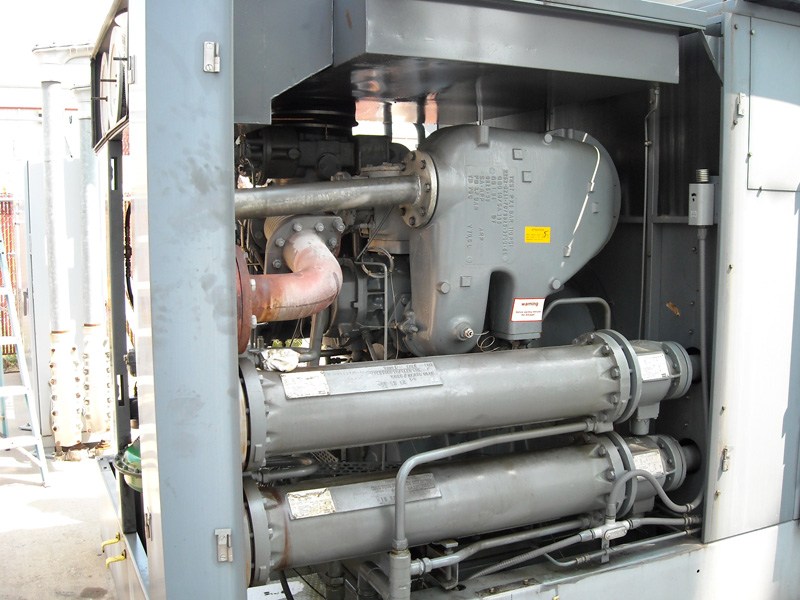
The field of advanced compressor technology is constantly evolving, driven by the pursuit of greater efficiency, reliability, and sustainability. As technological advancements continue to shape the landscape, several emerging trends are poised to revolutionize the way compressors are designed, manufactured, and operated. These trends are not only shaping the future of compressor technology but also influencing the direction of various industries that rely heavily on compressed air.
Integration of Artificial Intelligence and Machine Learning
Artificial intelligence (AI) and machine learning (ML) are transforming various industries, and compressor technology is no exception. The integration of these technologies holds immense potential to enhance compressor performance, optimize energy consumption, and predict maintenance needs.
- Predictive Maintenance: AI and ML algorithms can analyze real-time data from compressor systems, identifying potential issues before they escalate into major breakdowns. This proactive approach significantly reduces downtime and maintenance costs.
- Performance Optimization: AI-powered systems can dynamically adjust compressor settings, such as speed and pressure, based on real-time demand and operating conditions. This optimization ensures efficient operation and minimizes energy consumption.
- Smart Monitoring and Control: AI and ML can enable remote monitoring and control of compressor systems, allowing operators to track performance, identify anomalies, and adjust settings remotely. This enhances operational efficiency and reduces the need for on-site intervention.
Advancements in Compressor Materials
The materials used in compressor construction play a crucial role in determining their performance, lifespan, and overall efficiency. Advancements in materials science are leading to the development of new materials with enhanced properties, such as increased strength, durability, and resistance to wear and tear.
- Lightweight Composites: Composite materials, such as carbon fiber reinforced polymers, are being explored for compressor components, offering significant weight reduction without compromising strength. This can lead to improved efficiency and reduced energy consumption.
- High-Temperature Alloys: Advancements in high-temperature alloys allow compressors to operate at higher temperatures, increasing efficiency and enabling the use of alternative fuels, such as biogas or hydrogen.
- Nanomaterials: The use of nanomaterials, such as graphene and carbon nanotubes, in compressor components can enhance wear resistance, reduce friction, and improve heat dissipation, leading to improved efficiency and longevity.
Integration of Renewable Energy Sources
The growing demand for sustainable solutions is driving the integration of renewable energy sources into compressor systems. This trend is not only reducing reliance on fossil fuels but also enhancing the overall environmental footprint of compressed air systems.
- Solar-Powered Compressors: Solar panels can be used to power compressors, reducing reliance on grid electricity and lowering operating costs.
- Wind-Powered Compressors: Wind turbines can be integrated with compressor systems to generate electricity, providing a clean and sustainable source of power.
- Hybrid Systems: Hybrid systems combine renewable energy sources, such as solar or wind, with conventional power sources, ensuring a reliable and sustainable energy supply for compressors.
Development of Advanced Compressor Designs
Continuous innovation in compressor design is leading to the development of new and improved compressor types, offering enhanced efficiency, reduced emissions, and increased reliability.
- Magnetic Levitation Compressors: Magnetic levitation technology eliminates the need for mechanical bearings, reducing friction and wear, resulting in improved efficiency and extended lifespan.
- Variable-Speed Compressors: Variable-speed compressors can adjust their operating speed to match demand, optimizing energy consumption and reducing emissions.
- Multi-Stage Compressors: Multi-stage compressors provide higher compression ratios, reducing energy consumption and increasing efficiency.
Increased Focus on Energy Efficiency
The drive for energy efficiency is a key driver of innovation in compressor technology. As energy costs continue to rise and environmental concerns grow, the development of more energy-efficient compressors is paramount.
- High-Efficiency Motors: The use of high-efficiency motors, such as permanent magnet motors, can significantly reduce energy consumption in compressor systems.
- Optimized Compressor Control Systems: Advanced control systems can optimize compressor operation, reducing energy consumption and minimizing waste.
- Energy Recovery Systems: Energy recovery systems can capture waste heat from compressors and use it for other purposes, such as heating or preheating air, reducing energy consumption.
Summary: Advanced Compressor Technology
As we delve deeper into the intricacies of advanced compressor technology, it becomes evident that its impact extends far beyond individual applications. This technology is a cornerstone of sustainable development, contributing to a cleaner and more efficient world. From optimizing energy consumption to reducing emissions, advanced compressors are playing a pivotal role in shaping the future of various industries.
Advanced compressor technology is rapidly evolving, pushing the boundaries of efficiency and performance. When evaluating these advancements, it’s crucial to conduct a thorough due diligence process. A comprehensive technology due diligence checklist can help ensure the viability and long-term success of advanced compressor technology, mitigating potential risks and maximizing its potential benefits.
